At a glance
- Best for: Luxury Travel
Chase Sapphire Reserve®
125,000 bonus points
Offer Details:
Earn 125,000 bonus points after you spend $6,000 on purchases in the first 3 months from account opening.
Why we like it
This card just got a major re-vamp and you can now get more than $2,700 in annual value with Sapphire Reserve!
Reward details
8x points on Chase TravelSM
4x points on flights and hotels booked direct
3x points on dining
1x points on all other purchases
Pros & Cons
Pros
-
The points are worth up to 2 cents a piece when used directly on Chase’s Ultimate Rewards Portal, offering a simple but high-value use for your points.
-
Plenty of excellent transfer partners allow points to be maximized
-
Some excellent partnerships with Doordash and Lyft add to its value.
-
Priority Pass membership allows access to over 1,300+ airport lounges and restaurants.
Cons
-
It’s subject to Chase’s 5/24 rule. So if you’ve opened five cards in the last two years, you’re most likely not going to be accepted.
-
Chase has a once-per-lifetime rule for sign-up bonuses on their Sapphire cards, including the Sapphire Preferred, Sapphire Reserve, and Sapphire Reserve for Business. So, once you’ve earned a welcome bonus on any of these cards, you’ll never be eligible for the bonus again on the same card.
Terms Apply
Overview
The Chase Sapphire Reserve® has been one of our favorite premium travel cards for a long time. Even with its comparatively high annual fee, it offered spectacular value thanks to its excellent perks, earning opportunities, and strong introductory offer. But things have changed, and the Reserve has been reimagined to match a shifting consumer landscape. The question is, does the new-look Reserve match up?
Its new, astronomical $795 annual fee might be off-putting, but the arrival of new statement credits, an impressive bonus, and new earning rates can soften the blow for many potential customers.
Let’s take a deep dive into the Chase Sapphire Reserve.
Who is Chase Sapphire Reserve® best for:
The Chase Sapphire Reserve® is best for frequent travelers who are confident they can maximize the card’s many statement credits. With the new annual few in place, it’s vital for cardholders to ensure they get their money’s worth. Failure to do some research could wind up being a costly mistake.
Also if you’re interested in this card, but for business owners, check out the Sapphire Reserve for Business℠.
The Bottom Line:
In the right hands, the Chase Sapphire Reserve® is one of the best travel credit cards on the market. Bursting with travel benefits, good earning opportunities, and a massive intro bonus, its potential is high. But the wrong customer might find its complex value structure a little overwhelming.
Intro Bonus
The Reserve’s refreshed intro bonus is an obvious highlight. Offering an incredible 125,000 points after spending $6,000 within three months, it could and should turn almost anyone’s head.
How much those points are worth will depend on how and when you use them. Transferring them to one of Chase’s outstanding airline and hotel partners could comfortably see the bonus soar beyond $2,700 in value. We value Chase Ultimate Rewards points at around 2.1-2.2 cents each, so aim high.
Generally, we don’t recommend redeeming points and miles on an issuer’s travel portal. Chase has always been an exception to that rule, but that’s also changing. It’ll still be possible to get strong value, but we’ll go into more detail in the “Redeeming Your Points” section of this article.
Pros & Cons
When it comes to premium travel credit cards, the Chase Sapphire Reserve® is a standout contender, offering exceptional value through a mix of lucrative rewards, versatile perks, and travel benefits. However, like any financial product, it comes with its own set of limitations. Below, we’ve broken down the key pros and cons to help you determine if this card is the right fit for your wallet and travel goals.
Pros
- Amazing intro bonus of 125,000 points earned by spending $6,000 within three months of opening the card
- The $300 travel credit covers anything travel-related, whether that's an Airbnb, a taxi, a flight, or hotel, making it almost impossible not to lessen the dent the fee made
- Points can still be redeemed on Chase Travel for better value than other issuers
- Chase has an outstanding list of airline and hotel transfer partners to maximize points
- New statement credits help balance out the annual fee
- The addition of elite hotel status is a big plus
- Lounge access is always a strong benefit
Cons
- $795 annual fee is one of the highest on the market
- Statement credits can be complex and require additional effort to gain value from
- Falls under Chase’s 5/24 rule
- Generous up to 2 cents rate for Chase Travel redemptions is being phased out in favor of a variable system
Benefits & Perks
Here’s where the real value of this card lives. Keep the card’s $795 annual fee in mind when you’re examining the following benefits and perks.
Up to $300 in travel credits
If you spend at least $300 on travel each year, consider this an automatic $300 reduction of the card’s annual fee.
Every cardmember year, you’ll get the first $300 in travel purchases you make with the Chase Sapphire Reserve reimbursed automatically. This includes things like:
Airfare
Campgrounds
Cruises
Ferries
Ground transportation (buses, taxis, Uber, limos, etc.)
Hotels/timeshares
Parking lots/garages
Rental cars
Toll bridges
You don’t even have to activate this benefit. The card will recognize your travel purchase and promptly credit your account.
Airport lounge access
Gaining access to airport lounges is one of the most game-changing travel moves you can make. Many lounges come with free food and alcohol, reliable high-speed Wi-Fi, and conference rooms. Some even offer amenities like showers, private suites, and an enclosed children’s play area.
The Chase Sapphire Reserve® comes with access to two airport lounge networks.
The first is Priority Pass Select airport lounge access, which allows you to enter more than 1,300 lounges worldwide for free. You and two guests can visit as many times as you want without paying a shiny red cent. Additionally, you can use your Priority Pass membership to get free food at participating airport restaurants – usually $28 per person for you and a guest. There are currently around 70 eligible restaurants worldwide (though about half are in the U.S.).
To buy a similar Priority Pass lounge membership would cost $429 per year.
The second lounge network you can access is Chase Sapphire Lounges, which are (as the name intimates) a collection of proprietary lounges from Chase. These lounges are few and far between compared to the ubiquity of Priority Pass. There’s currently just one open Chase Sapphire Lounge, located in Hong Kong. But Chase plans to open eight others in 2023 in the following cities:
Boston (BOS)
Las Vegas (LAS)
New York (LGA)
Philadelphia (PHL)
Phoenix (PHX)
San Diego (SAN)
Washington, D.C. (IAD)
These lounges are expected to be of significantly higher quality than the average airport lounge – more on par with American Express Centurion Lounges, which are the gold standard among domestic airport lounges.
On top of this, cardholders can now access Air Canada’s Maple Leaf lounges when flying on a Star Alliance flight.
Sprint through airport security
As long as you hold the Chase Sapphire Reserve®, you’ll get a statement credit to cover the cost of membership to one of the following trusted traveler programs:
TSA PreCheck – This allows you to traverse (most) domestic airport security checkpoints while keeping your shoes and belt on. You can also keep your laptop and carry-on approved toiletries inside your bag. Plus, you’ll even get a dedicated security lane, which is often significantly shorter than the regular TSA lane.
Global Entry – In many international U.S. airports, you can skip the soul-crushing immigration line altogether. Find a Global Entry kiosk, provide biometric data (usually fingerprints), and spend about 20 seconds entering some info on the touch screen. You’ll then receive a slip of paper to hand to an officer on your way out the door. A single use of this can potentially help you reclaim hours of your life. Important to note, It also comes with TSA PreCheck privileges.
NEXUS – By far the hardest to acquire, this is the most useful membership of the three. You’ll get all the benefits of both TSA PreCheck and Global Entry, plus you’ll receive expedited entry into Canada.
Membership with these programs is valid for five years. The Chase Sapphire Reserve® will offset the application fee for whichever membership you choose every four years – ensuring that you’ll never need to pay.
Statement Credits
Things get a little more confusing when it comes to the card’s slew of lifestyle statement credits. On paper, these are generous and add up to over $2,000 in value. But it’s vital to remember that you may not use them all and have to force others into your lifestyle. Some, like the Apple TV subscription, might be a direct saving for many cardholders, but the Peloton and Lyft credits may be virtually useless for others.
Here’s a list of all the new statement credits:
$500 annual credit for stays with The EditSM Chase’s luxury hotel collection
$300 annual dining credits for participating restaurants (split into biannual $150 segments)
$250 annual in Apple TV+ and Apple Music subscriptions
$120 annual DashPass membership
$300 annual in DoorDash promos ($5 a month on restaurant orders, two $10 promos a month on groceries, retail, and others)
$300 annual in StubHub credits (Split into biannual $150 segments)
$120 annual in Lyft Credits ($10 a month)
$120 annual in Peloton credits ($10 a month)
Whether you’ll find value in the credits will be immediately obvious, so it’s important to factor these in when making a decision on opening the card.
Excellent travel insurance
The Chase Sapphire Reserve® is one of the single greatest credit cards for travel insurance. Its coverages kick in faster than most, and its payout is abnormally high, too. Here are the highlights you’ll get automatically when you reserve your travel with this card:
Primary rental car insurance – Up to $75,000 in coverage (more than most other cards)
Trip delay insurance – Up to $500 per ticket for reasonable expenses like dinner, lodging, an Uber to a hotel, etc. Your flight must be delayed at least six hours or require an overnight stay.
Baggage delay insurance – Up to $100 per day for up to five days for reasonable expenses like clothing, toiletries, a phone charger, etc. Your bags must be delayed by at least six hours.
Trip cancellation/interruption insurance – Up to $10,000 per person ($20,000 max per trip) if illness, inclement weather at your destination, or other catastrophes cause you to forfeit nonrefundable prepaid travel.
Travel accident insurance – Up to $1,000,000 in the event of accidental death and dismemberment due to an incident with an airline, cruise, or another eligible form of transportation.
Emergency evacuation and transportation – Up to $100,000 to reimburse you for transportation in the event of a serious illness. The compensation can also go toward a coach ticket to fly a friend or family member to you if you’re hospitalized for over eight days.
If you pay for travel regularly, the Chase Sapphire Reserve® could be worth its annual fee for the travel insurance alone. Credit card insurance has saved me several thousand dollars in the past eight years.
Elite Status
The card now offers complimentary IHG One Rewards Platinum Elite Status. This is a welcome change, and affords cardholders a number of perks with the hotel brand. These include:
A 60% bonus on points stays with IHG
Welcome snacks, drinks, or points
Early check-in when available
Guaranteed availability within 72 hours
5-Star Status with Hertz rentals
Rollover qualifying nights
Spend Triggered Benefits
On top of everything listed enough, high-spending cardholders are rewarded with more perks after hitting $75,000 within a calendar year. That’s a high spending threshold, but those that can hit it safely will enjoy the following:
IHG Diamond Elite Status
Southwest Airlines A-List Status
A $500 statement credit for Southwest flights booked via Chase Travel
A $250 credit for Chase’s shopping portal, The Shops at Chase
Again, these are actually pretty valuable. But getting there will require a lot of spend.
Earning rewards & redeeming points
Earning rewards
The Sapphire Reserve introduced a new earning system as well, offering an increase in some areas while decreasing in others. In general, it’s still an excellent earner for travelers and big eaters. Here are the new rates for the Reserve.
8x points per dollar on all purchases made through Chase Travel. This includes flights, hotels, rentals, and cruises
4x points per dollar on flights booked direct
4x points per dollar on hotels booked direct
3x points per dollar on dining worldwide
1x points per dollar on all other purchases
While it’s great to see the 4x points per dollar on flights and hotels, losing the broad travel category at 3x points per dollar may be frustrating for travelers who use aggregator websites, Airbnbs, and other travel purchases.
Redeeming points
A feature that makes Chase Ultimate Rewards points exceptionally valuable is their flexibility. You can convert them into hotel points, airline miles, travel, cash back, gift cards, and more. Let’s take a look at the most popular ways to use them.
Transferring to partners
By far the best way to redeem any Ultimate Rewards Points is to transfer to one of Chase’s outstanding travel partners. The issuer currently has 14 hotel and airline partners, each offering their own distinct sweet spots and value. A brilliant business class or luxury hotel redemption could see the value of a point soar to as much as 10 cents each. But we value them at around 2.2 cents on average, so anything above that is outstanding.
Here’s a list of all Chase’s transfer partners.
Aer Lingus | JetBlue |
Air Canada Aeroplan | Marriott Bonvoy |
British Airways | Singapore Airlines |
Iberia | Southwest |
Emirates | United Airlines |
Flying Blue (Air France and KLM) | Virgin Atlantic |
IHG One Rewards | World of Hyatt |
Some of these names may not even be familiar to you and carriers like Iberia and Flying Blue might not sound very useful. But they are – even if you never actually fly with them — since they can be leveraged to fly around the U.S.
For example, you can:
Transfer 39,000 points to Singapore Airlines to book a round-trip economy seat from anywhere in the U.S. to Hawaii on United Airlines ($700+ in value)
Transfer 52,000 points to British Airways to book two round-trip economy seats from the West Coast to Hawaii
Transfer 90,000 points to Virgin Atlantic for a round-trip business class flight from the West Coast to Japan on ANA ($11,000+ in value)
Transfer 30,000 points to Flying Blue for a round-trip economy flight from Dallas-Fort Worth to Tel Aviv on Air France ($1,000+ in value)
Transfer 85,000 points to British Airways – and then transfer those points to partner Qatar Airways – for a one-way business class flight in a Qatar Airways Qsuite (super fancy business class) to the Maldives ($6,000+ in value)
Honestly, the possibilities are nearly endless.
Booking through the Chase Travel Portal
In the past, the Chase Travel portal represented a rare piece of value in the points and miles world. While other issuers typically cap points at 1 cent each on their respective sites, Chase allowed Reserve cardholders to redeem theirs with a 50% boost. While not as high as a good transfer, it made for an excellent backup with no blackout dates and few limitations on what could be redeemed.
While it’s still possible, “Points Boost” has replaced the old system. This is a variable system where hotels, flights, and other travel purchases are “boosted” to as much as 100% each on redemptions. While, in theory, this means it offers better value for the boosted redemptions, many others are stuck with no boosts whatsoever. It will all depend on what you book. This will make it worth including in any search, but it has lost the reliability it once had.
Cash-back and gift cards
The worst use for your points is still a digestible one.
You can redeem your points for cash or gift cards at a rate of 1 cent each. Occasionally, you may get slightly more for gift cards, as they are sometimes discounted.
Two points here:
Cash is better than gift cards. If you want to buy a gift card, simply purchase it with your Chase Sapphire Reserve® and then offset the purchase with a cash-back redemption. At least this way you’ll earn points for your gift card purchase.
If you’re planning to use your points for cash and gift cards regularly, you might be better off opening an actual cash-back credit card. Chase points best serve those who desire to travel for cheap.
Is this card right for you?
The short answer is, it depends. If you travel regularly, the points-earning potential of the card, combined with lounge access and the $300 statement credit may be enough to make it worth it. The issue comes with the hefty annual fee. At $795, it’s incredibly expensive, and if you’re not maximizing the benefits, you might find yourself losing out.
Before opening the card, take inventory of your spending habits, as well as which of the credits you’re likely to use. If the credits and benefits add up to more than the annual fee, you’re in good shape and can enjoy the card at its best. If you’re unlikely to use many of the credits, you need to ensure your spending is high enough to recoup the value in points.
If you’re struggling to make ends meet with this card, try another premium card like the Capital One Venture X Rewards Credit Card. Its $395 annual fee is easy to recoup thanks to the $300 statement credit and the 10,000-mile bonus each year, while still offering lounge access and a big intro bonus.
The Point
The Chase Sapphire Reserve is an incredible card in the right hands. Its earning power, luxury travel benefits, and huge intro bonus are perfect for regular travelers, but the immense annual fee and complex credits may be off-putting for many.
- Best for: Luxury Travel
Chase Sapphire Reserve®
125,000 bonus points
Offer Details:
Earn 125,000 bonus points after you spend $6,000 on purchases in the first 3 months from account opening.
Why we like it
This card just got a major re-vamp and you can now get more than $2,700 in annual value with Sapphire Reserve!
Reward details
8x points on Chase TravelSM
4x points on flights and hotels booked direct
3x points on dining
1x points on all other purchases
Pros & Cons
Pros
-
The points are worth up to 2 cents a piece when used directly on Chase’s Ultimate Rewards Portal, offering a simple but high-value use for your points.
-
Plenty of excellent transfer partners allow points to be maximized
-
Some excellent partnerships with Doordash and Lyft add to its value.
-
Priority Pass membership allows access to over 1,300+ airport lounges and restaurants.
Cons
-
It’s subject to Chase’s 5/24 rule. So if you’ve opened five cards in the last two years, you’re most likely not going to be accepted.
-
Chase has a once-per-lifetime rule for sign-up bonuses on their Sapphire cards, including the Sapphire Preferred, Sapphire Reserve, and Sapphire Reserve for Business. So, once you’ve earned a welcome bonus on any of these cards, you’ll never be eligible for the bonus again on the same card.

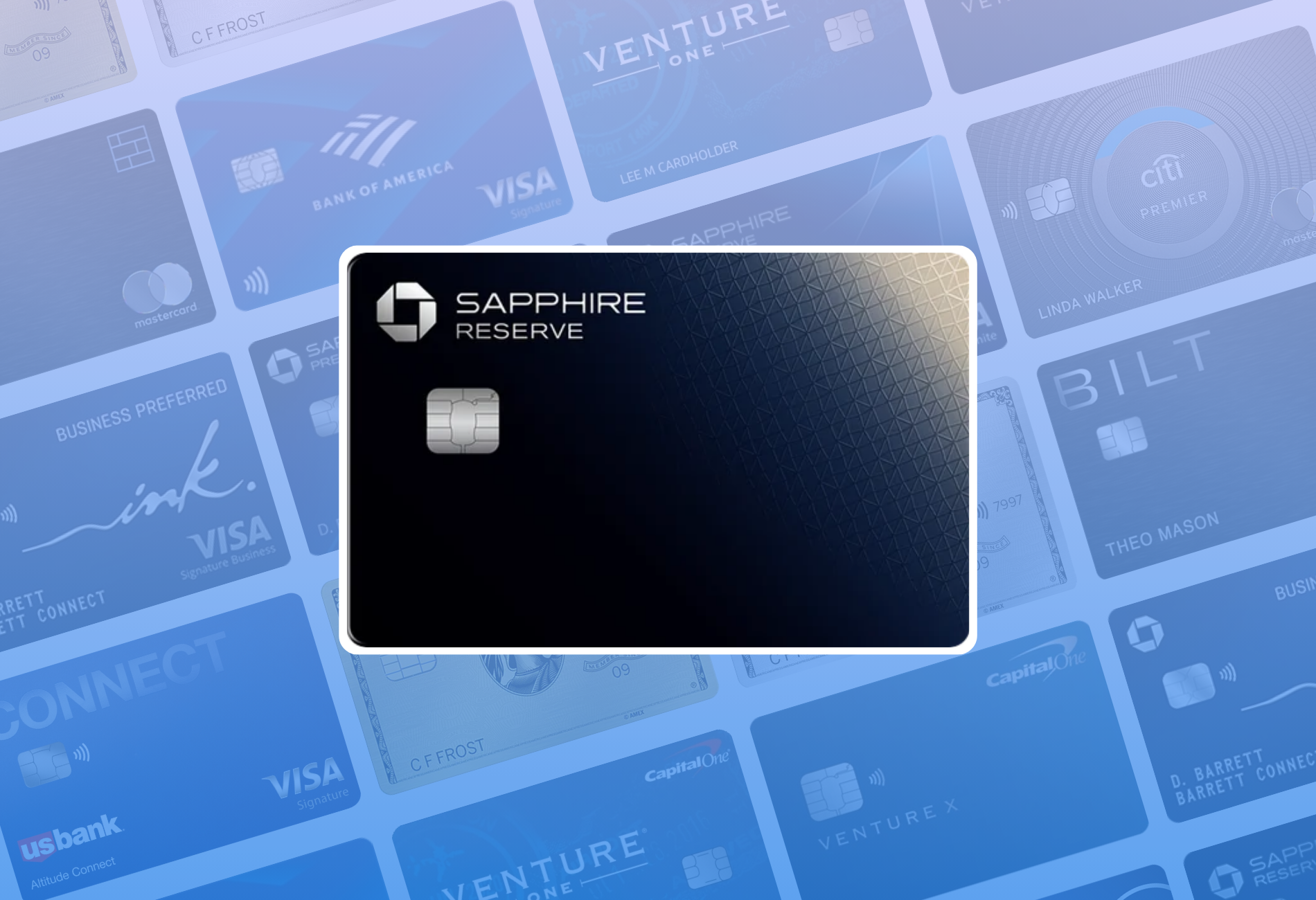
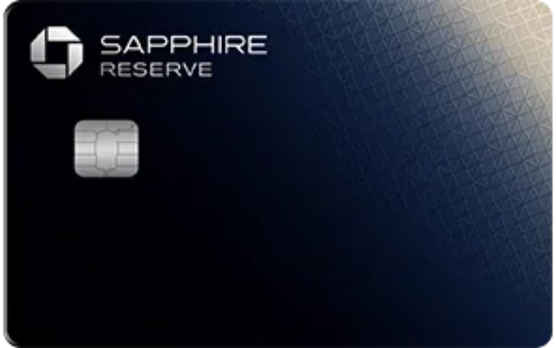
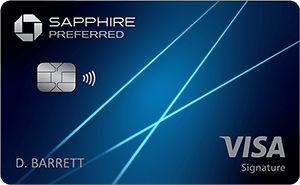
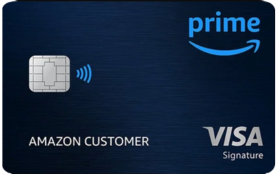
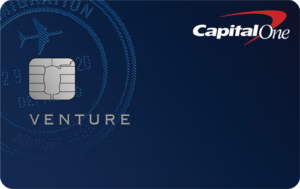
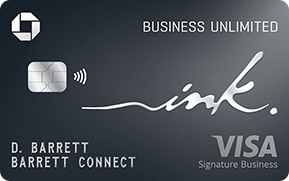

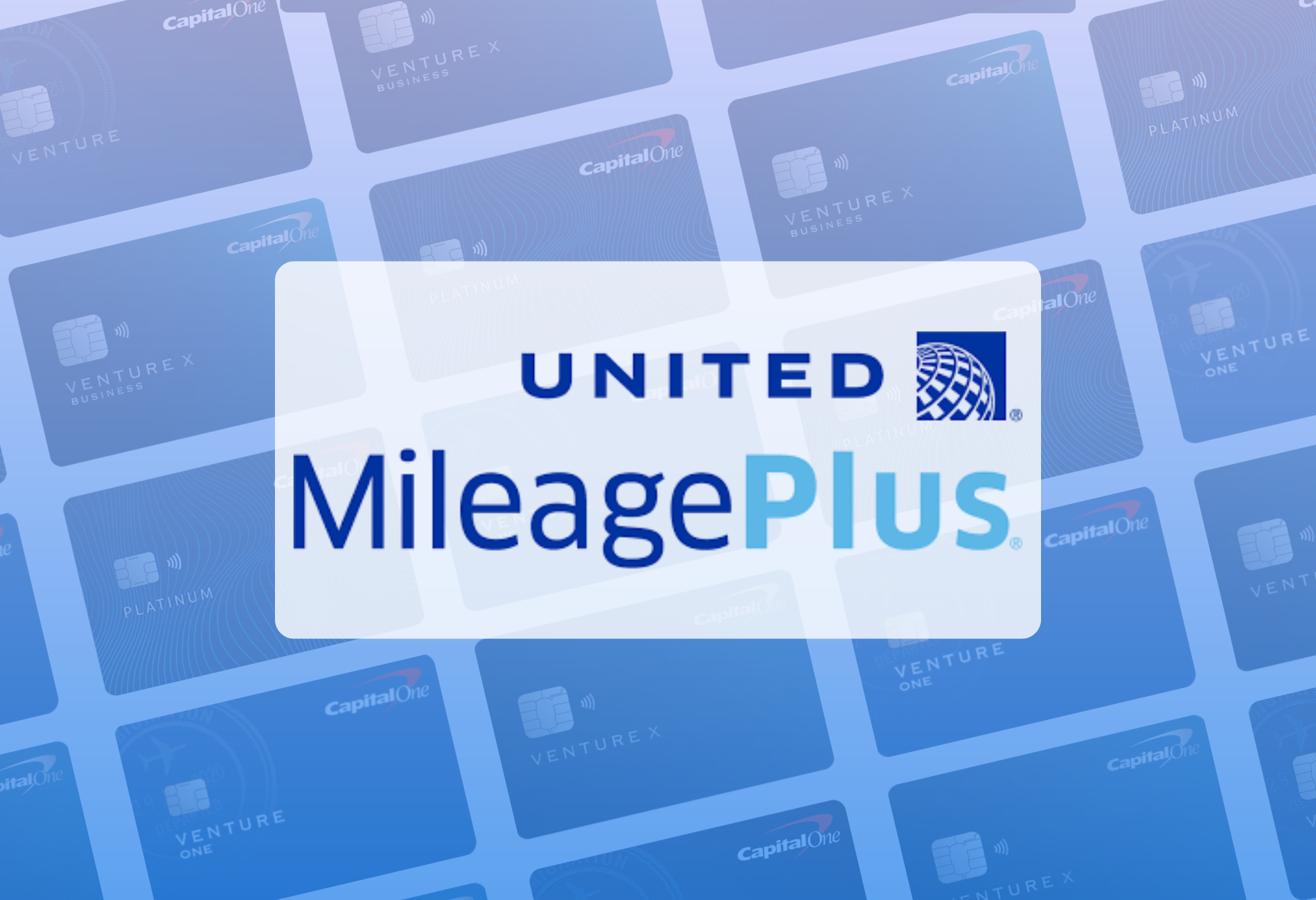
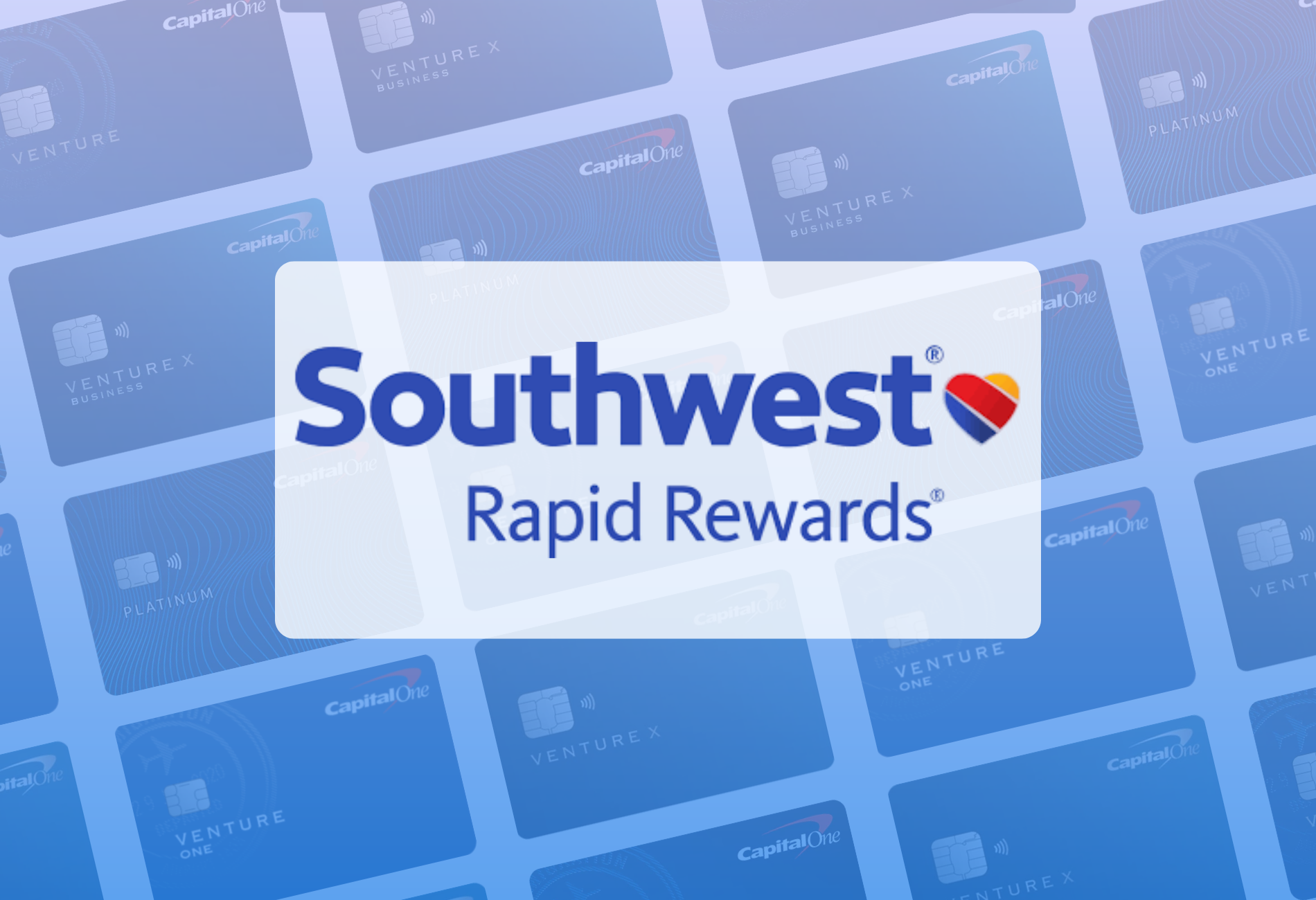
 by your friends at The Daily Navigator
by your friends at The Daily Navigator



